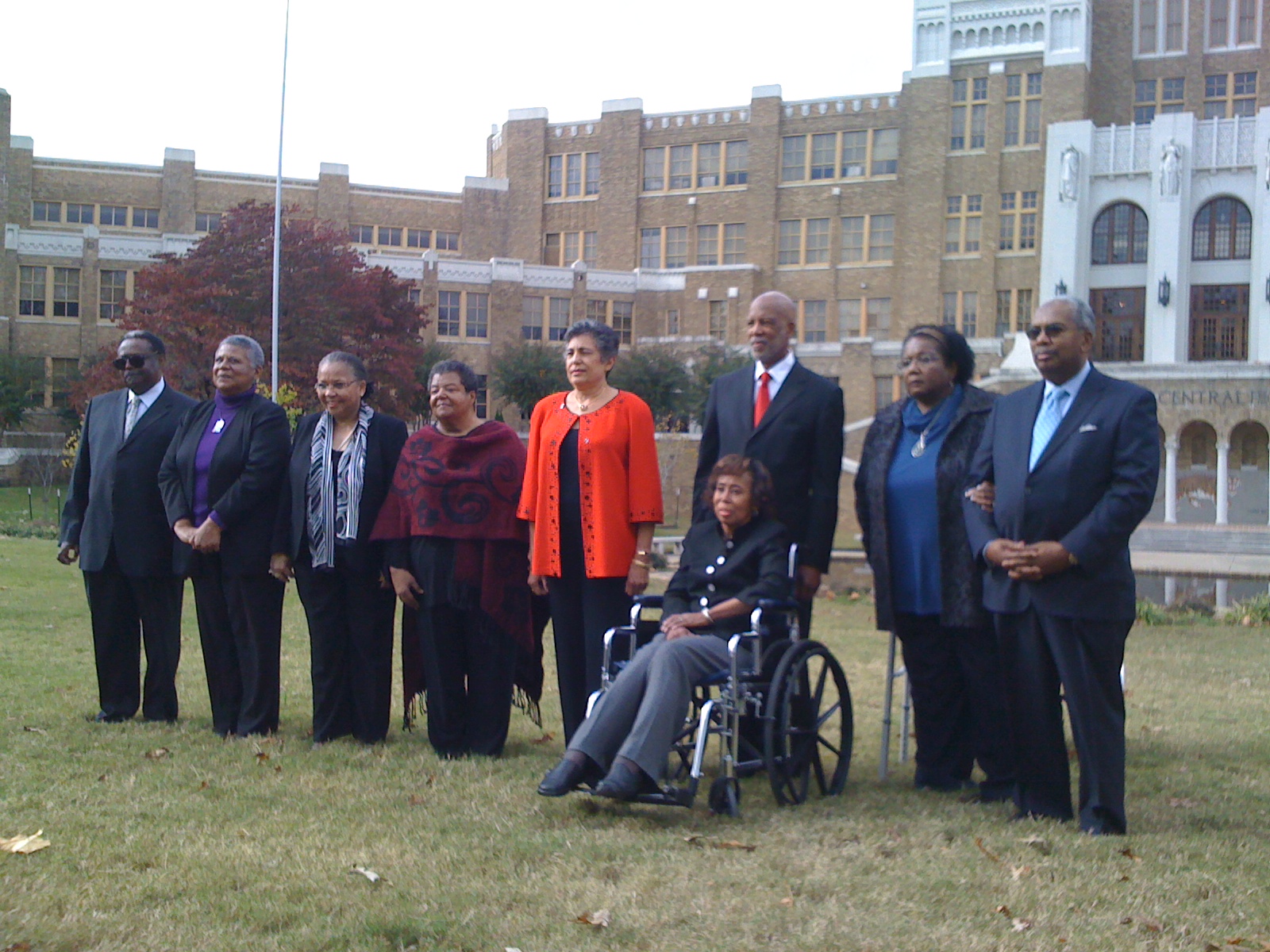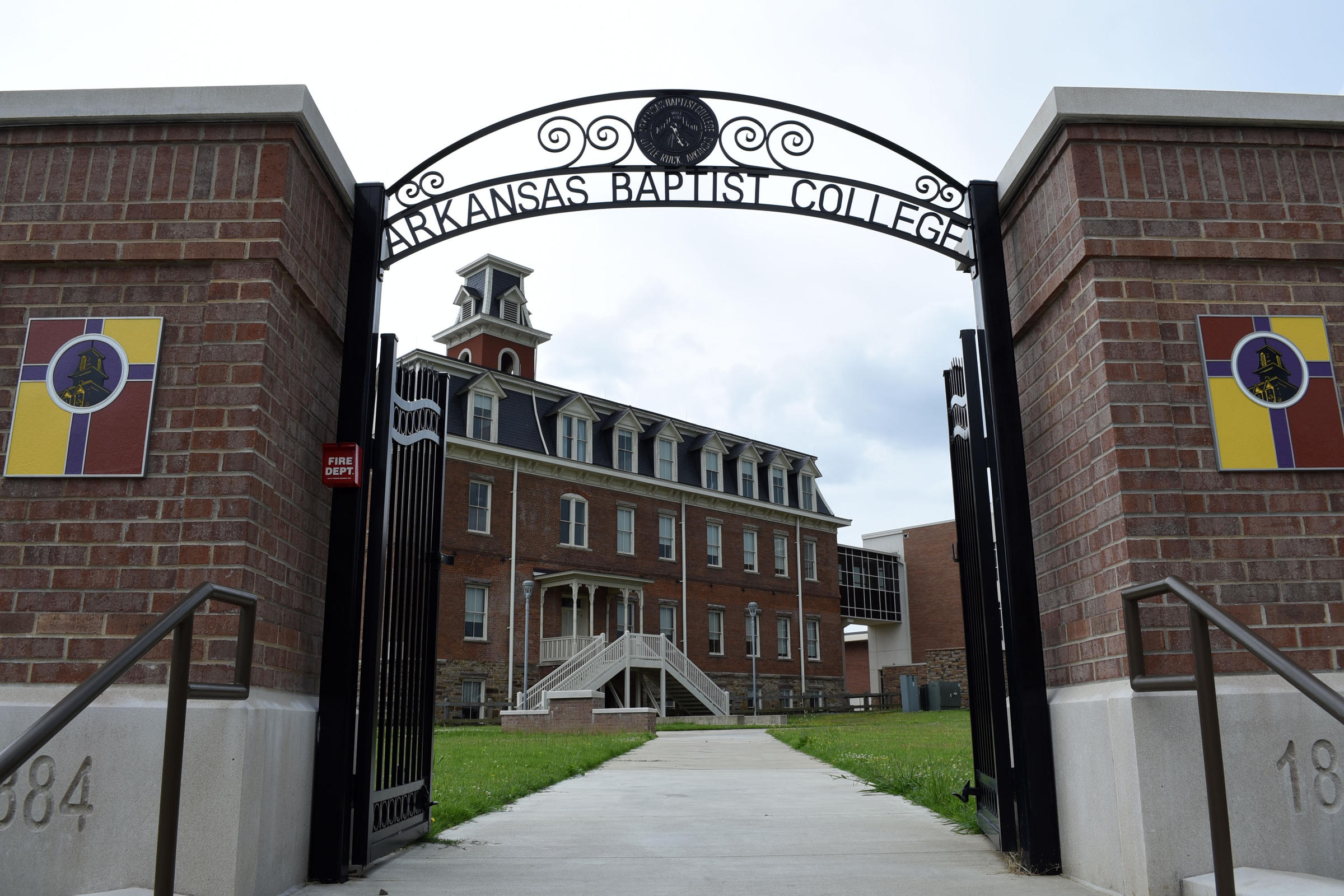

It was as much a printers’ war as a newspaper war, since newspapers were so wrapped up in legal and official printing. The first newspaper war in the state, according to historian Michael Dougan, started when the second Little Rock newspaper, the Arkansas Advocate, appeared on March 31, 1830. The Arkansas Democrat was created in 1878 also to oppose the Gazette.


For example, Robert Crittenden founded the Arkansas Advocate to oppose William Woodruff. When a politician did not like the political philosophy of a newspaper, he could start his own. In fact, some newspapers were even started because of politics. Thus, newspapers and politics were strange bedfellows, which led to many tense and tenuous situations over the years. That meant additional revenue from job printing, as well as from government sources, such as the printing of public notices. It also was common practice for readers to offer, and for newspapers to accept, goods such as chickens, a sack of flour, or a side of beef as payment for subscriptions.įor many years, one of the major benefits of publishing a newspaper was that of being designated the official-and often the only-printer in an area. Newspapers had to look to other sources of revenue, including job printing and publishing legal notices. This problem plagued most newspapers for years to come. Related to distribution problems was the difficulty in getting “subscribers” to pay. The poor mail delivery and poor roads compounded delivery problems. His first Little Rock issue was dated December 29, 1821, a little more than two years after he had created the Gazette.Įarly problems for the territory-wide newspaper included shortages of both paper and news, as well as challenges of getting the newspaper delivered to subscribers. When the territorial legislature voted to move the seat of government to Little Rock (Pulaski County), a more central location, in October 1820, Woodruff followed with his newspaper. He was the entire staff: editor, publisher, foreman, compositor, pressman, printer’s devil, and mail clerk. Using a variety of waterways, he arrived at the territorial capital, Arkansas Post (Arkansas County), on October 31, 1819, and produced his first issue less than three weeks later, on November 20, 1819. Louis, Missouri, and set out for Arkansas. He bought a second-hand Ramage press and necessary supplies on credit in St. That was the opportunity Woodruff was looking for. Looking west for adventure and opportunity, Woodruff was working for a newspaper in Nashville, Tennessee, when he heard that a man had abandoned his plan to start a newspaper in the Arkansas Territory.

Its legendary publisher and editor, William Edward Woodruff, was born in New York in 1795. The first newspaper in the state was the Arkansas Gazette, founded in 1819, nearly seventeen years before Arkansas became a state. Today, ten Arkansas counties still have two county seats and-to underscore the importance of having that status-eighteen such county seats still have newspapers, and sixteen of the twenty have radio stations. In some counties, in fact, two county seats were designated due to large distances across counties. In each of its seventy-five counties, county seats attracted people and businesses. Well into the twentieth century, Arkansas was still a state of small communities. For most of its history, it has been characterized as “small, rural, and poor.” These elements directly affected how media developed in Arkansas. Two key elements determine the success of any of the mass media (newspapers, magazines, radio, television, and cable): revenue, in the form of advertising and purchases (subscriptions and single copy sales) and audience, in the form of readers, viewers, and listeners.Īrkansas was relatively slow to develop, even after it became a state. That is, they appeared where and when population and business development supported them. Mass media in Arkansas developed much like they did throughout the country. In addition, there are ten non-commercial television stations, twenty-nine non-commercial radio stations, and twenty-six cable television networks. For a small state with regard to population and geography, Arkansas has a surprisingly large number of mass media: 135 newspapers, 256 commercial radio stations, twenty-three commercial television stations, and dozens of magazines and other publications.


 0 kommentar(er)
0 kommentar(er)
